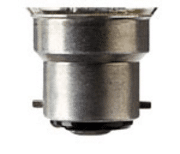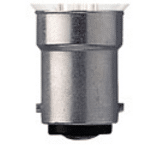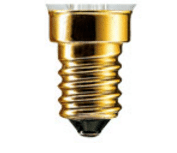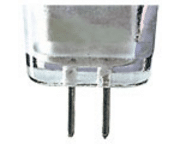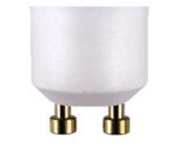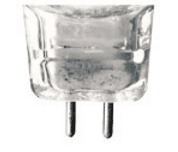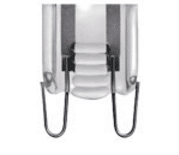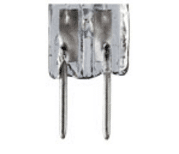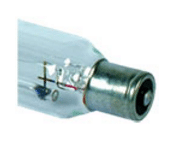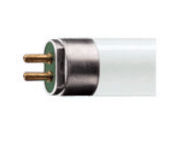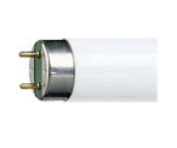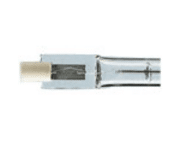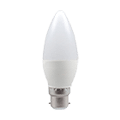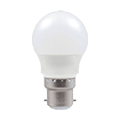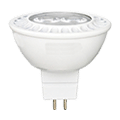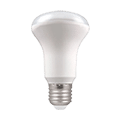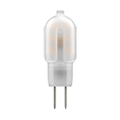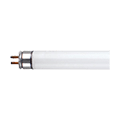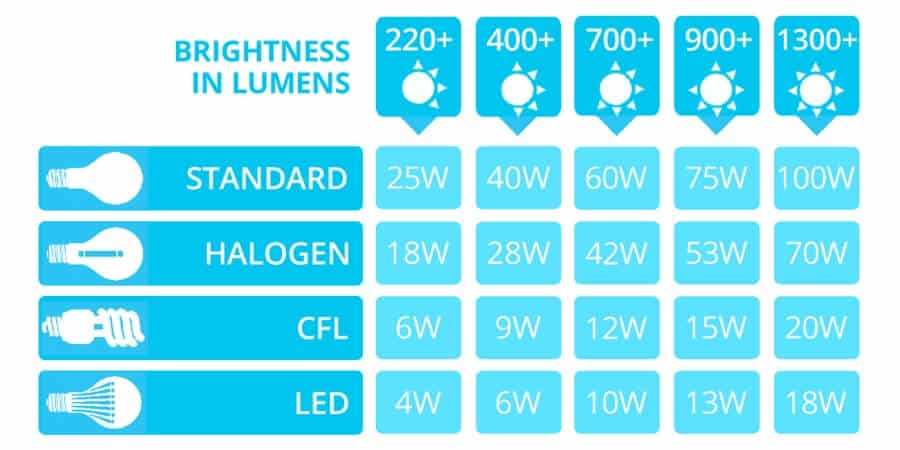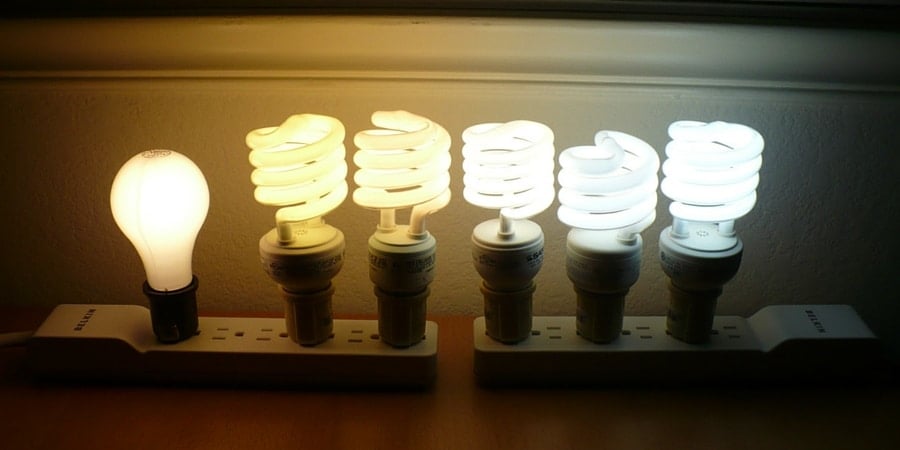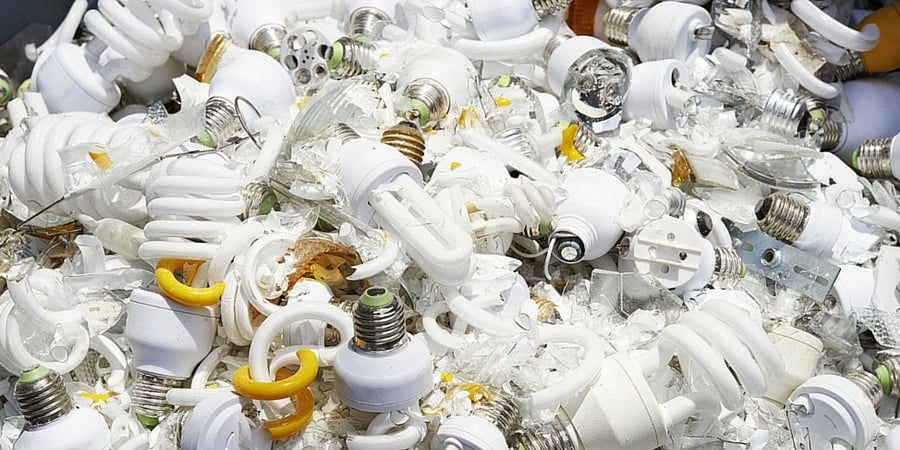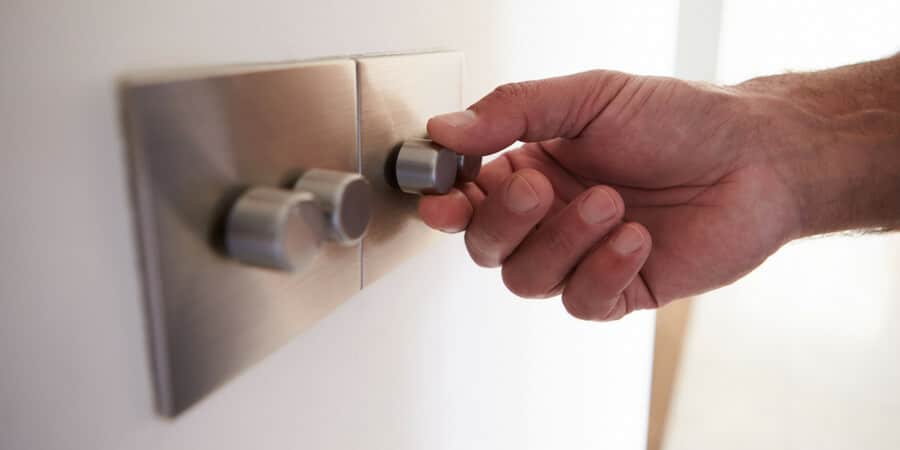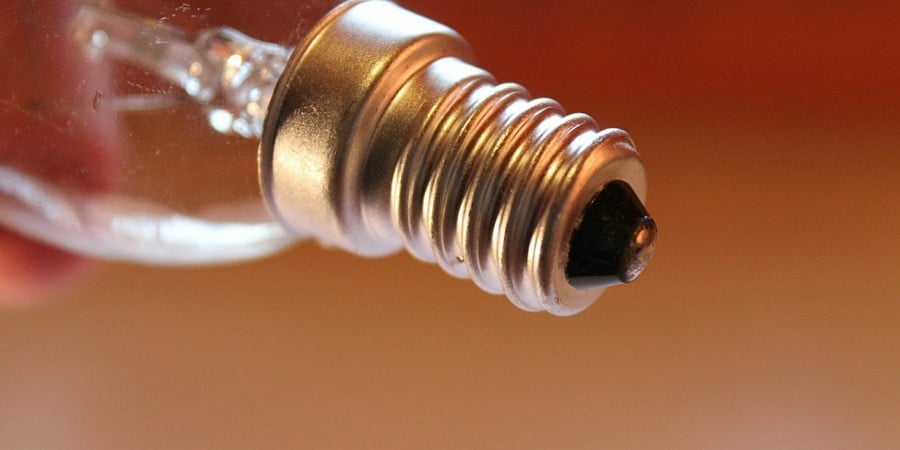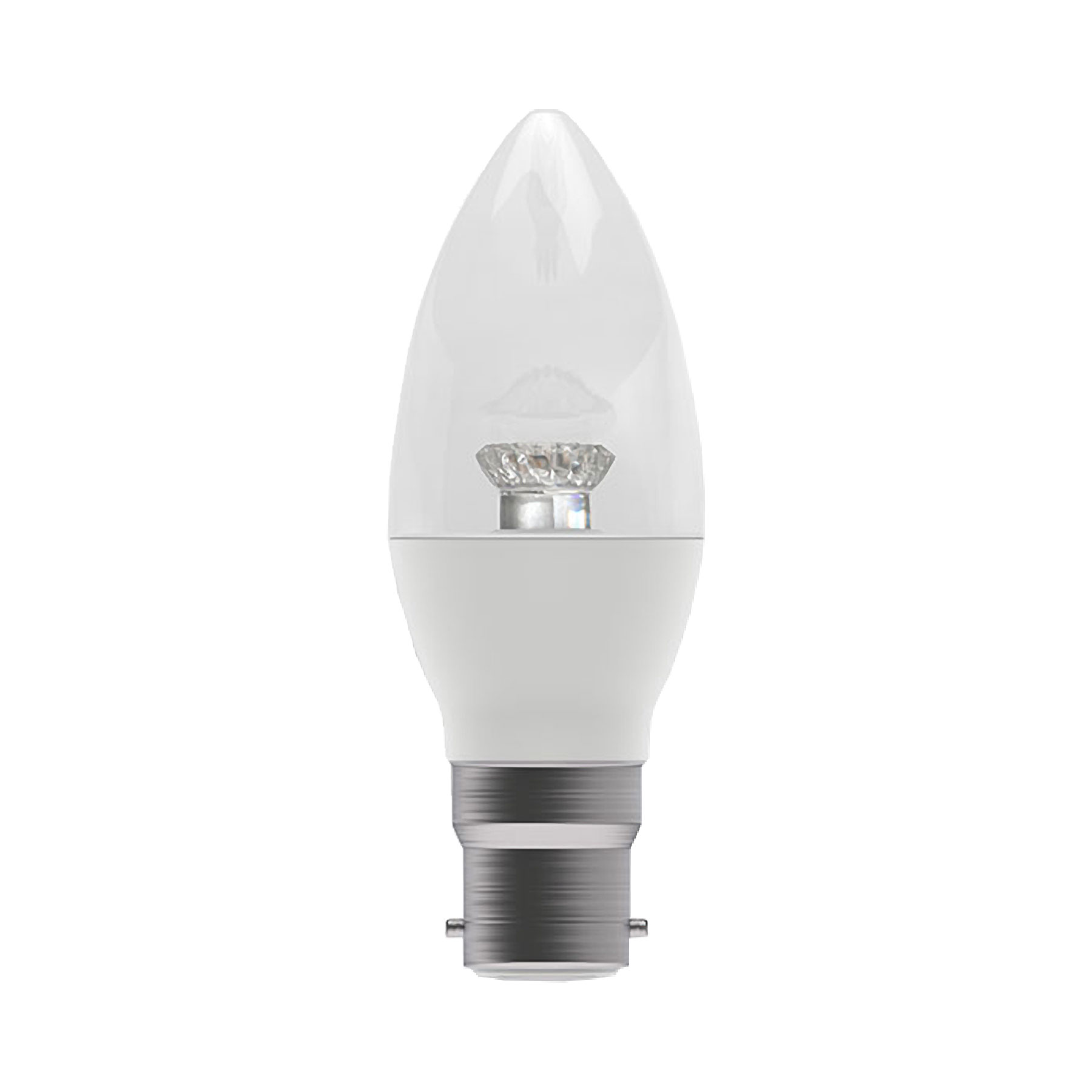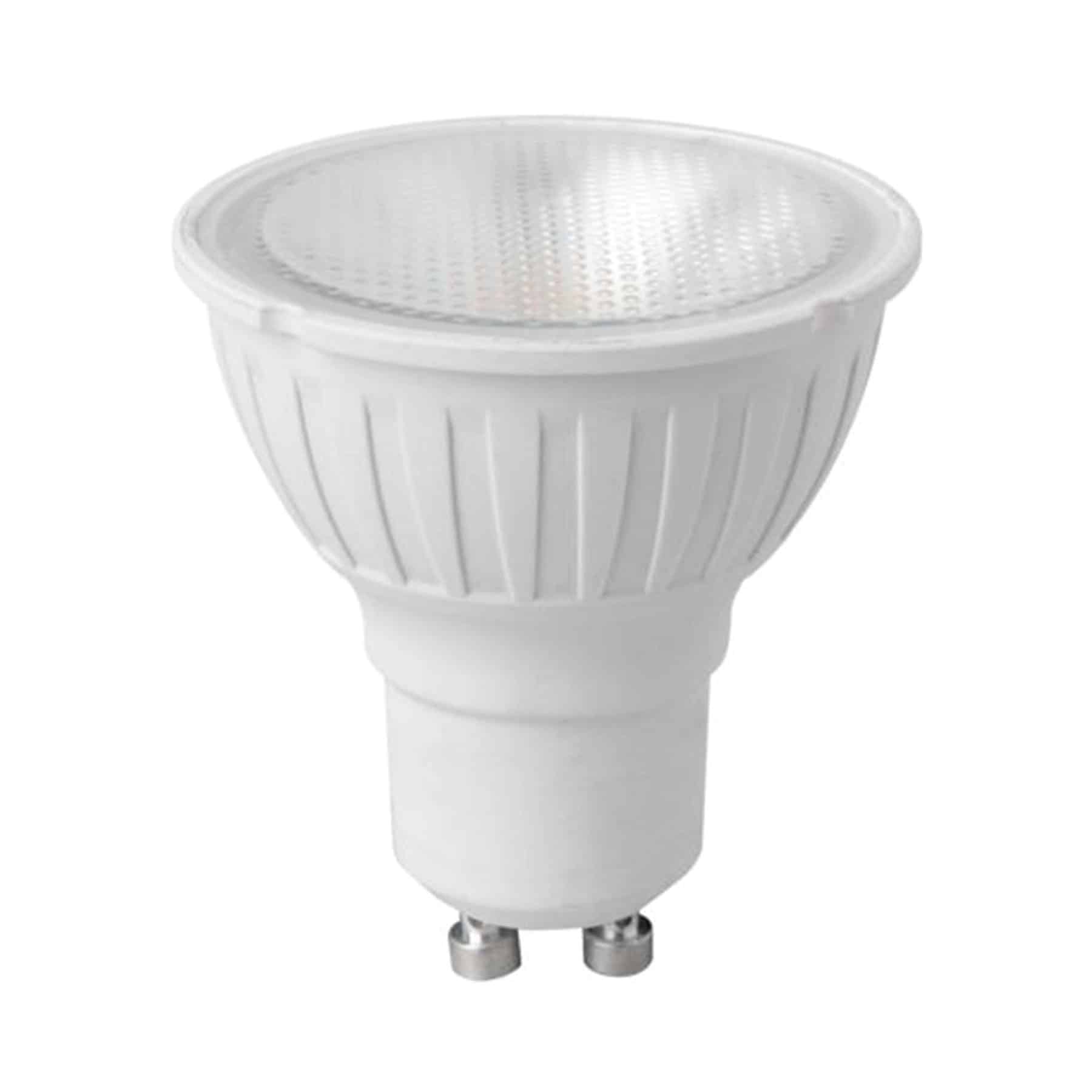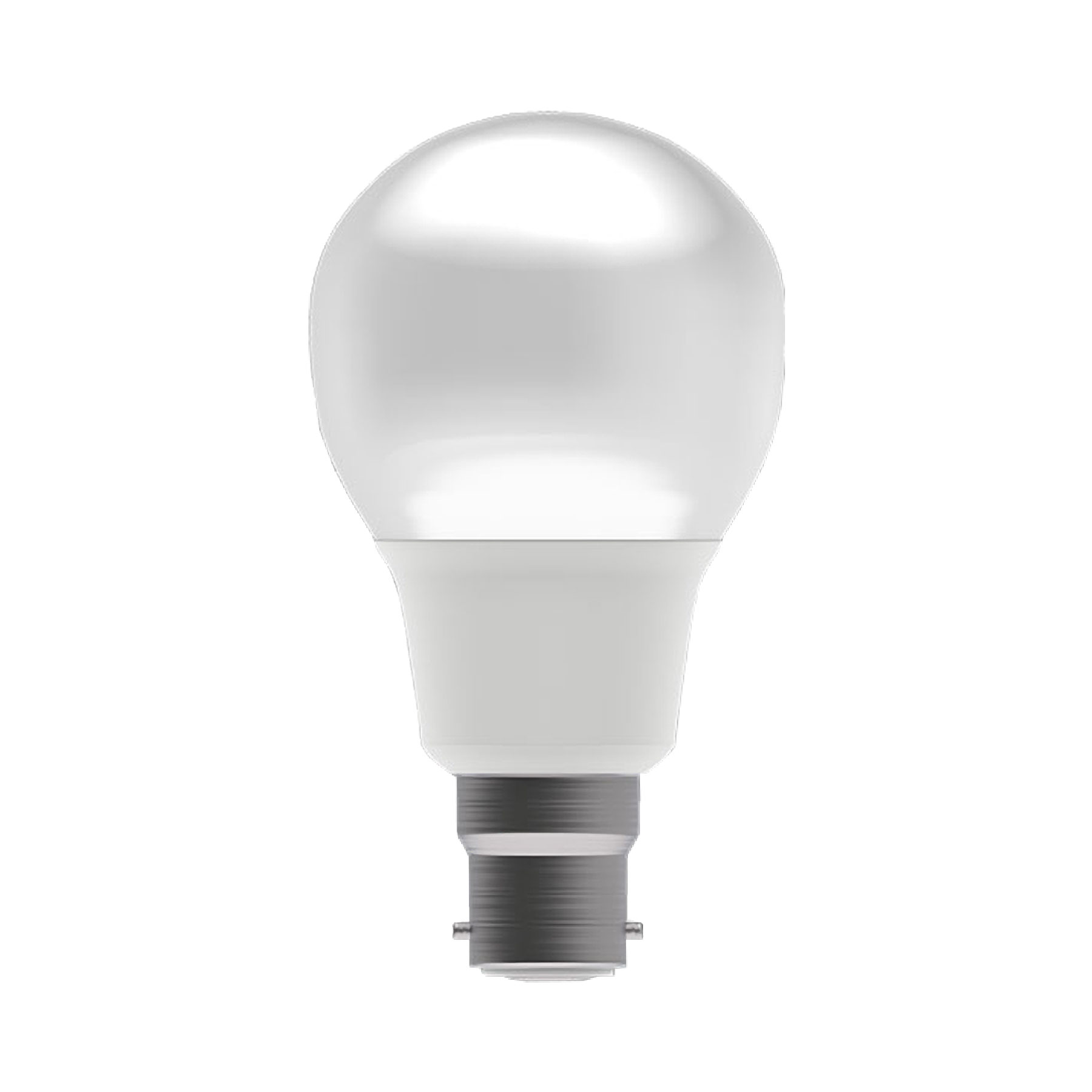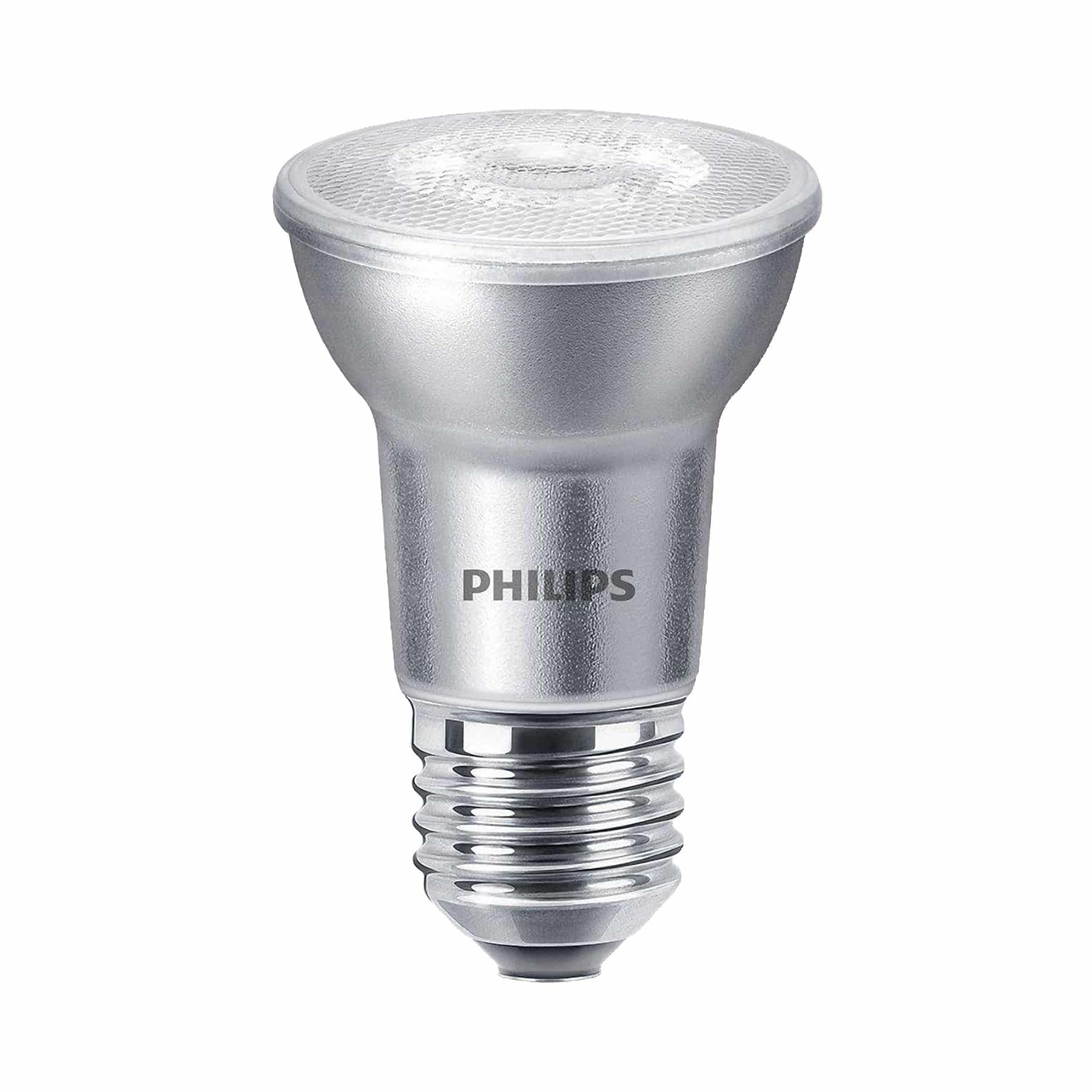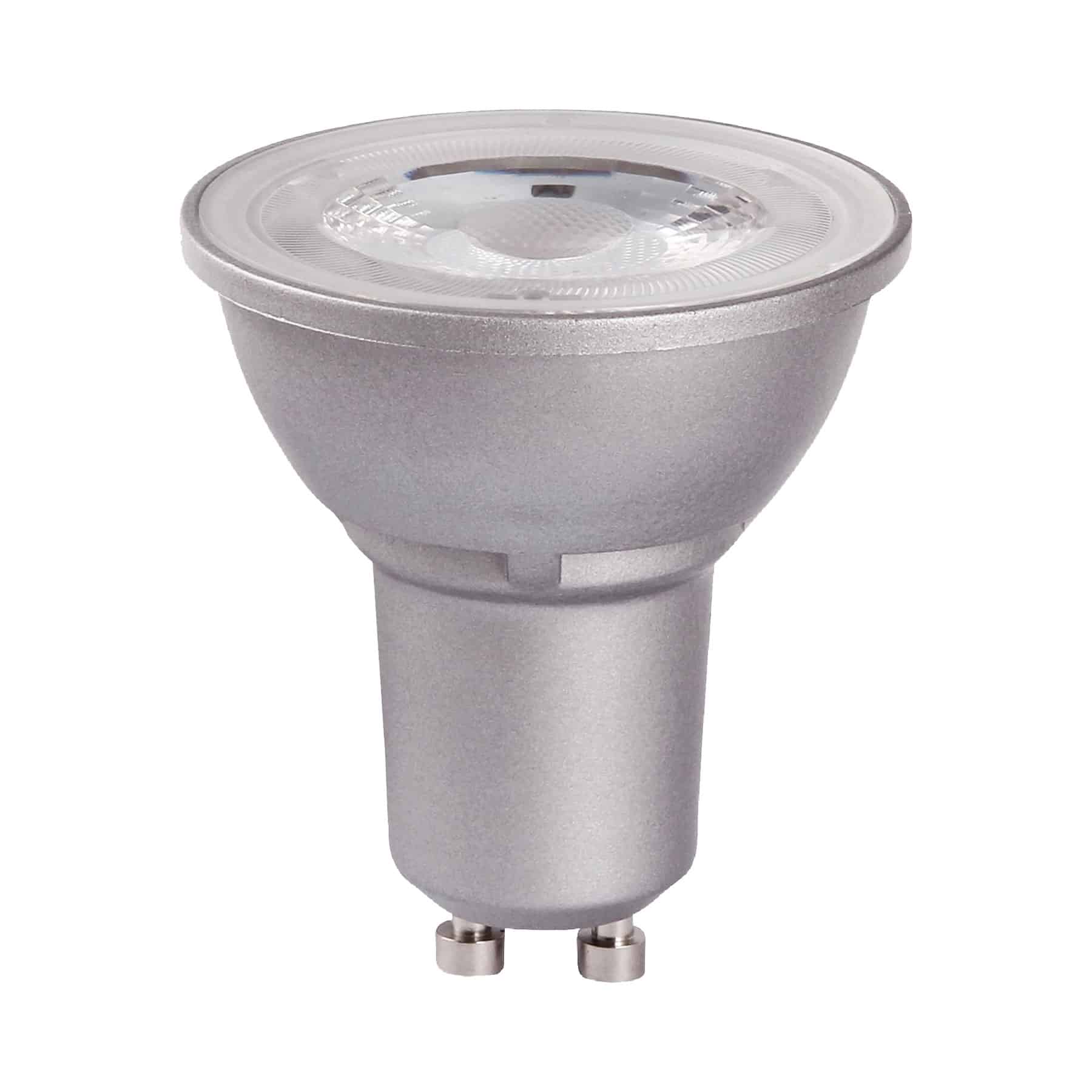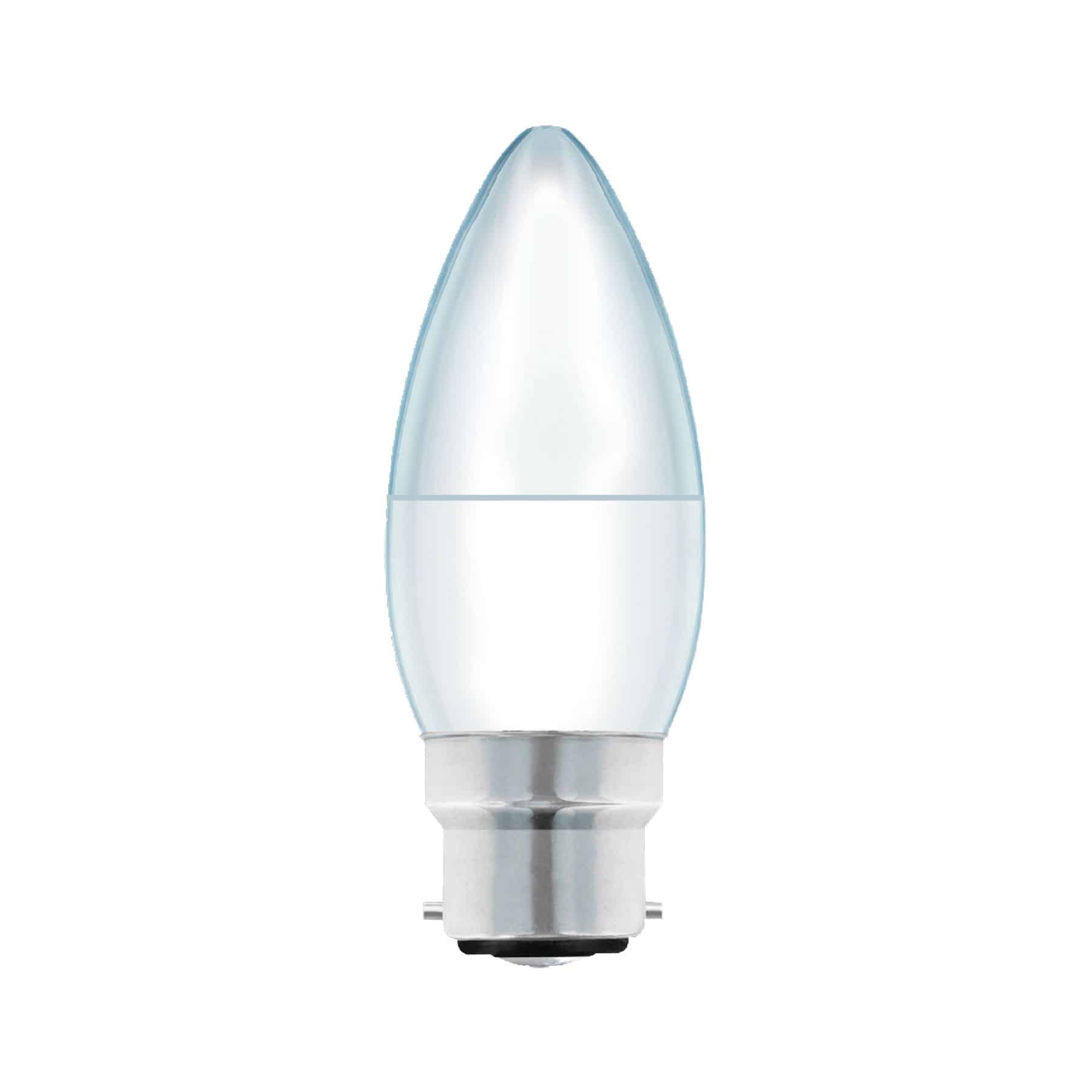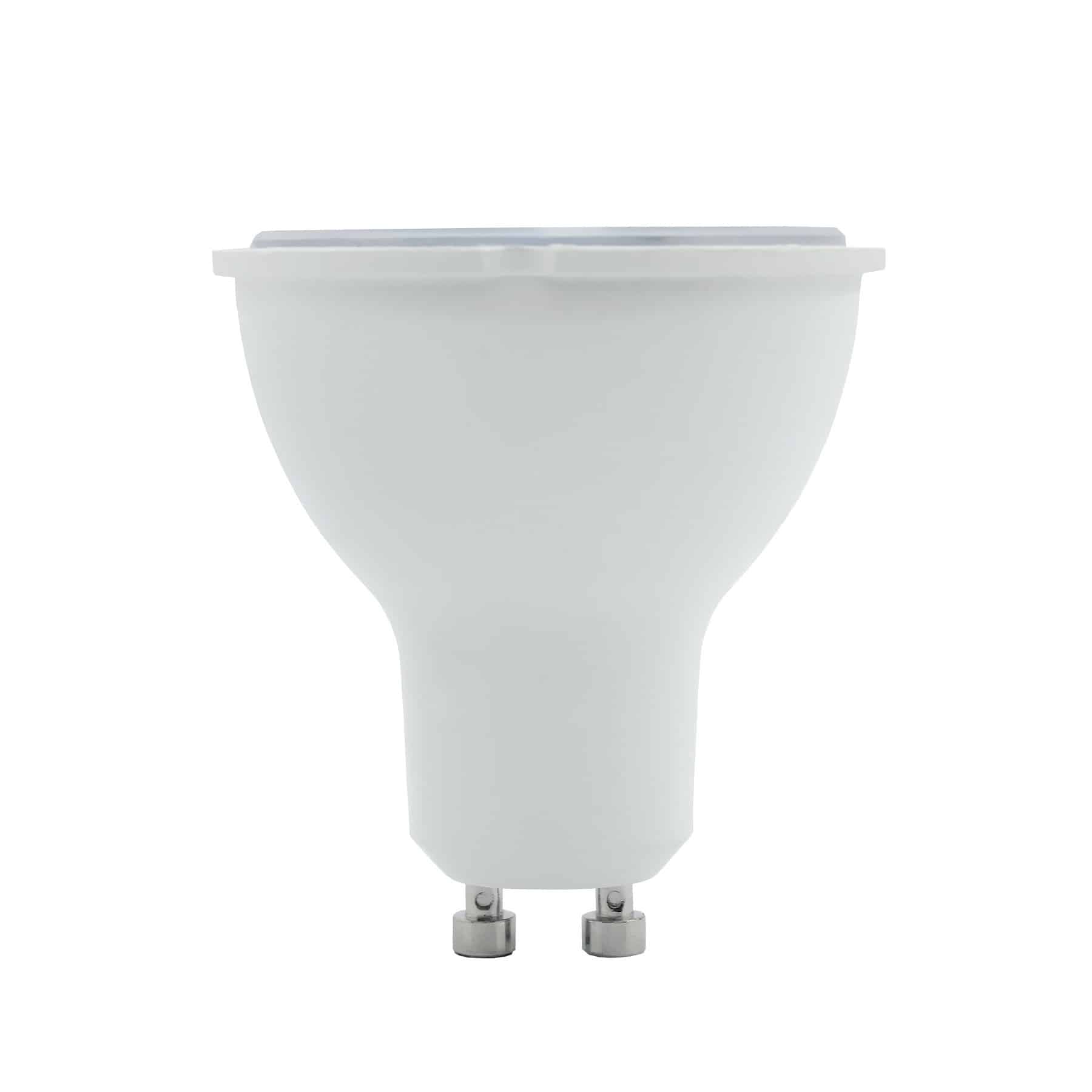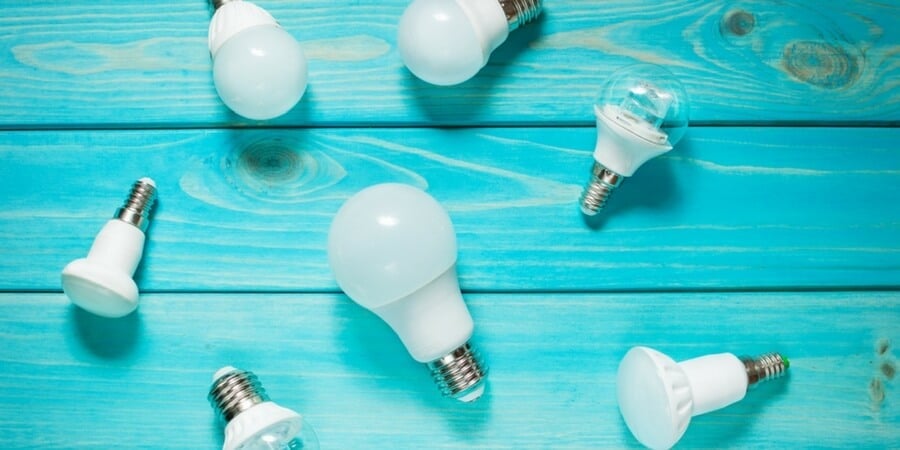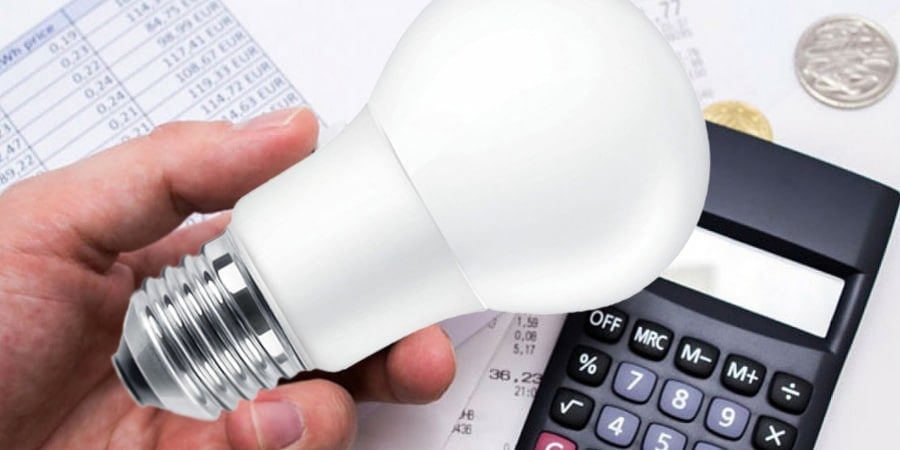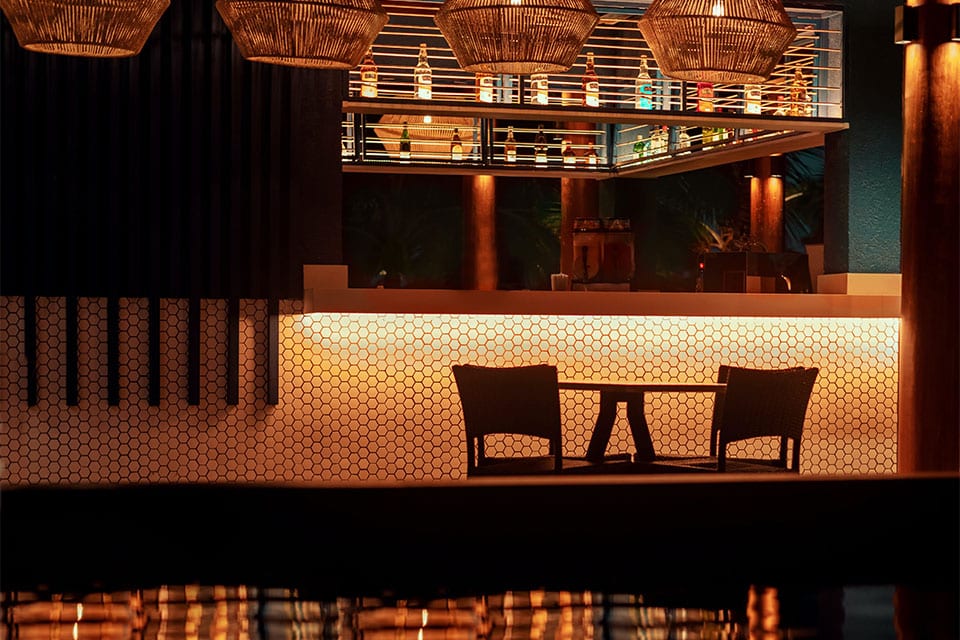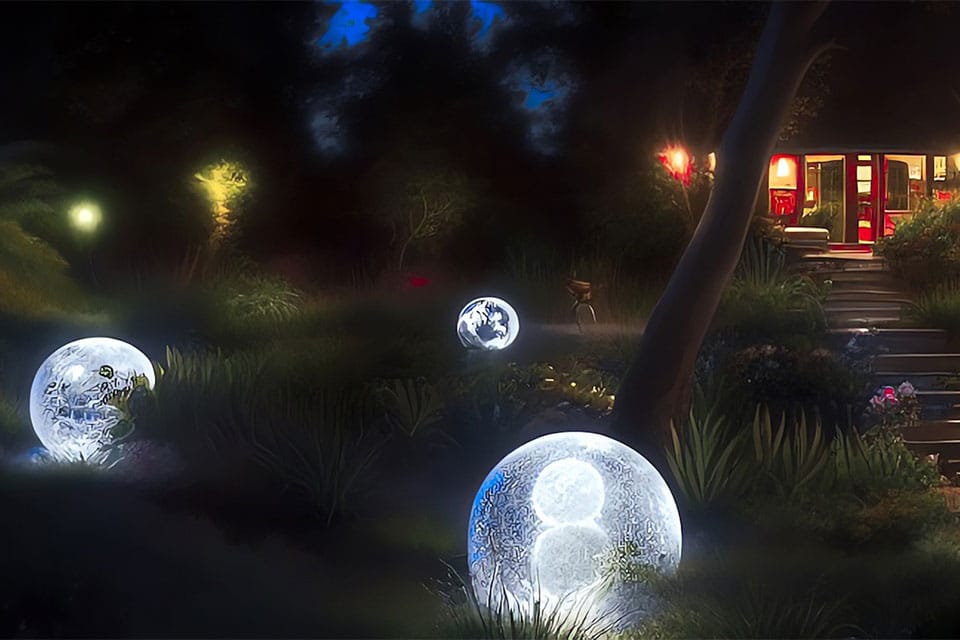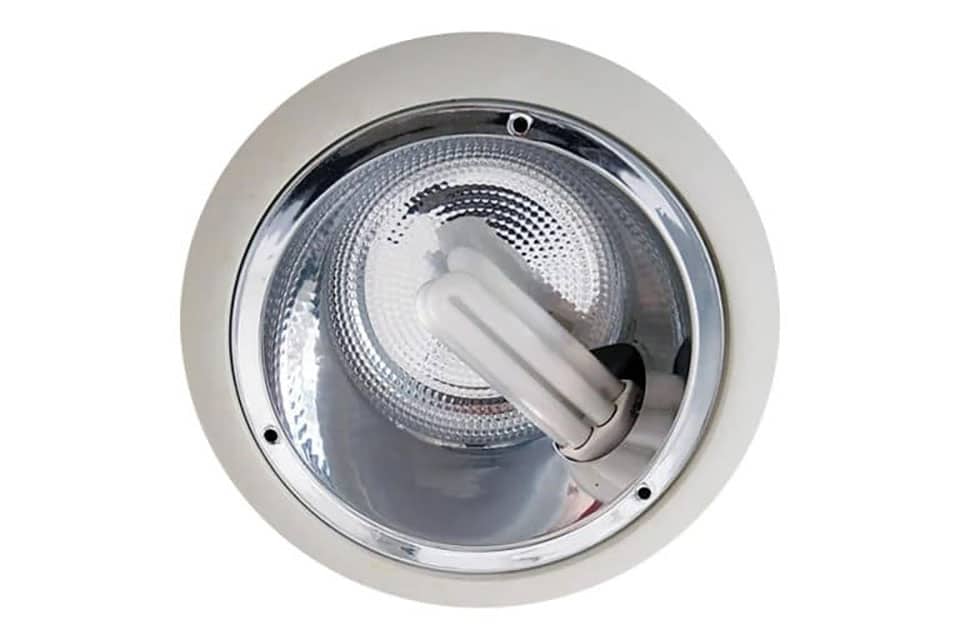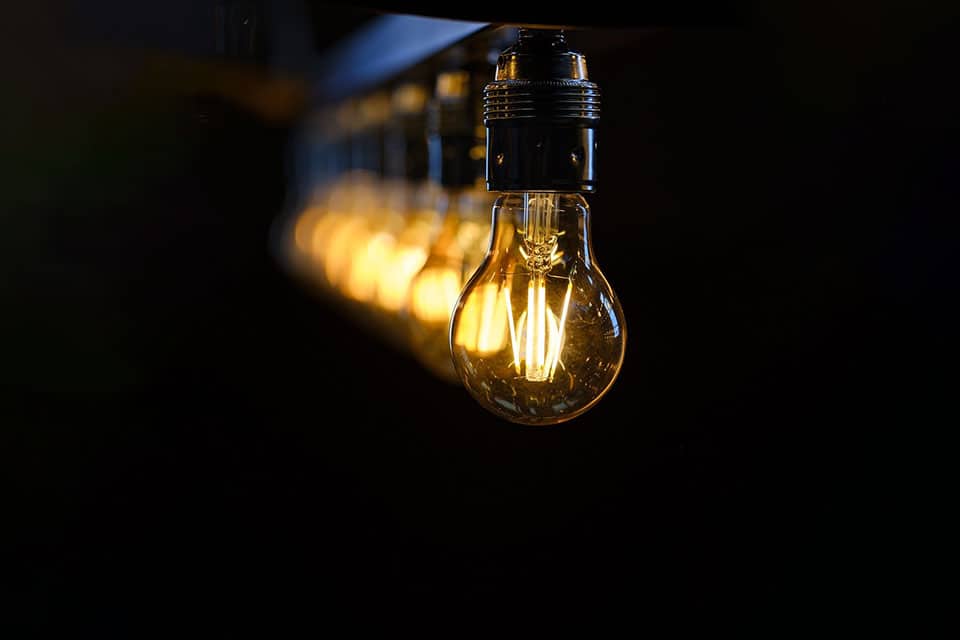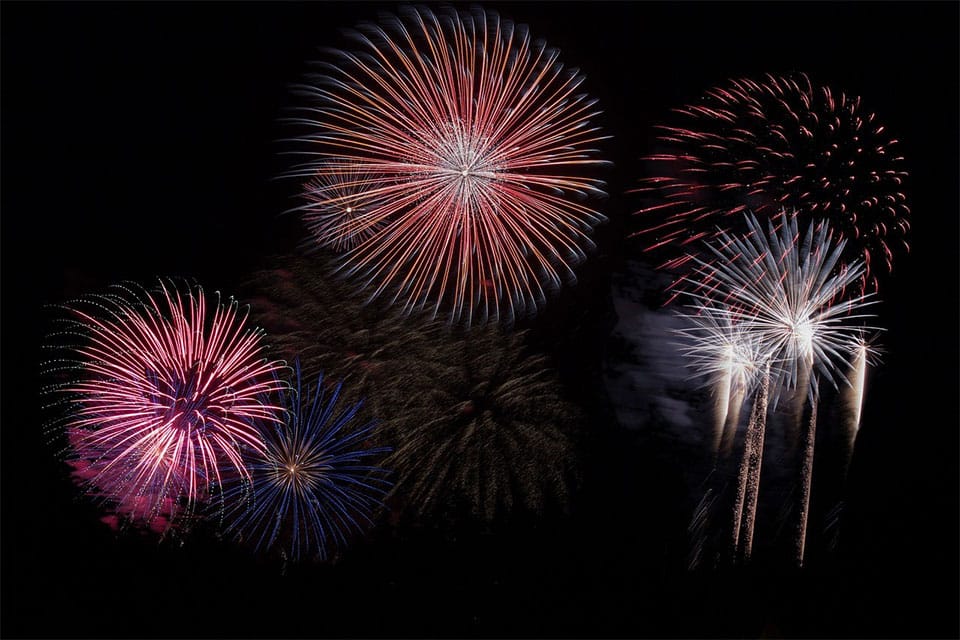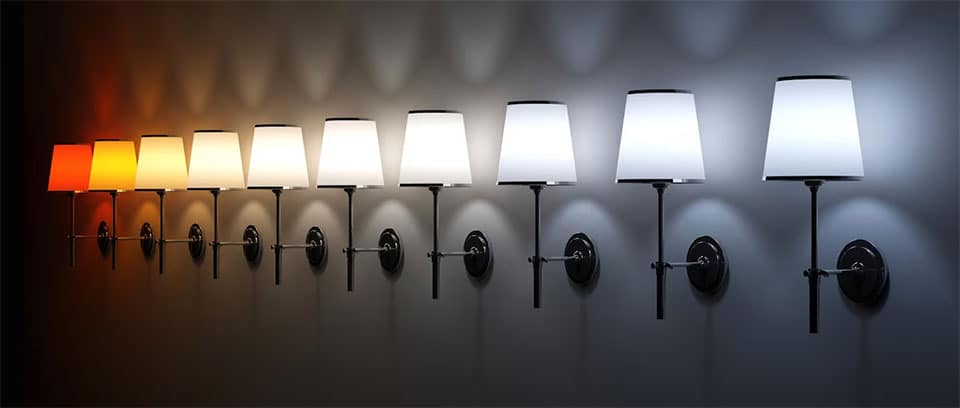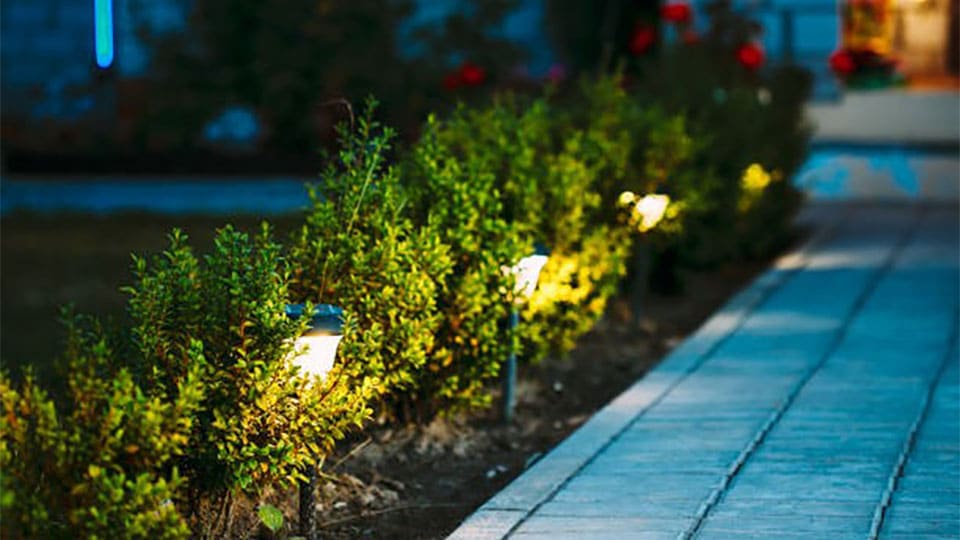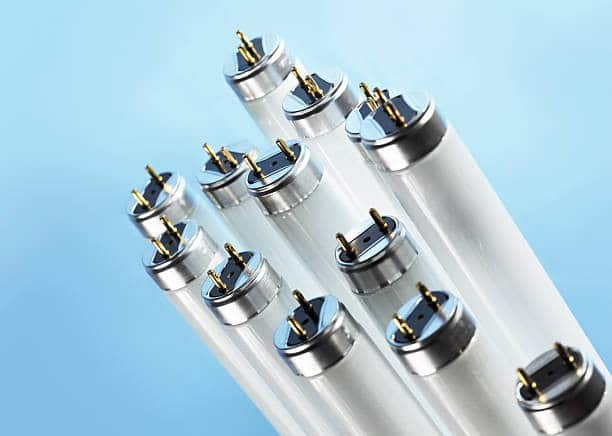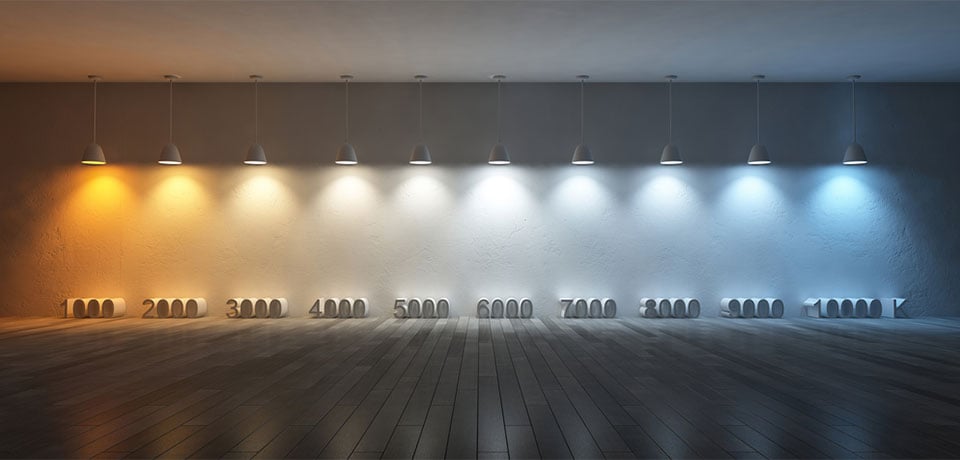Have you noticed that some lights, such as traditional incandescent bulbs, emit a warm, yellowish light, while others emit a cooler, almost blue light? Don’t worry – your eyes aren’t playing tricks on you. Different bulbs emit light at different colour temperatures.
What is colour temperature? Let’s find out.
Colour temperature, also called “correlated colour temperature” (CCT), describes the appearance or tint of a particular light. Most bulbs emit a white light, but this white light can range from warm to cool. Think of colour temperature like you think of paint, where there are seemingly endless shades of white to choose from. In the same vein, there are a number of different colour temperatures for you to choose from when you’re selecting new light bulbs.
Some lamps, like incandescent bulbs, emit a warmer light, while other bulbs like LEDs provide a wider range of colour temperatures to choose from. Many people prefer the warmth of an incandescent bulb, but don’t realize that this type of light can be easily replicated by simply selecting the right energy-efficient bulb. If you’re considering upgrading to LEDs or other energy efficient bulbs, the light bulb colour temperature chart below can help you find the right colour temperature for your space. But before we start, let’s take a look at how to measure colour temperature.
How to Measure Colour Temperature
Correlated colour temperature (CCT) is measured in degrees Kelvin on a scale from 1,000 to 10,000. Unlike measuring temperature in degrees celsius, the warmer a bulb’s light is, the lower its temperature will be. A cooler temperature will have a higher value.
For reference, candlelight has a colour temperature of about 2,000K, while sunlight has a temperature of about 6,000K.

Why Does Colour Temperature Matter?
Whether you’re looking for LEDs, CFLs, halogens, or incandescent bulbs, there are a vast variety of wattages and colour temperatures to choose from.
When we relied on incandescent bulbs for all of our lighting, we rarely had to consider colour temperature when replacing bulbs in our homes. Today’s energy efficient bulbs are available in a wide variety of colour temperatures, and many households who have begun switching to LEDs and CFLs experience dissatisfaction with their chosen bulb because it emits a different light than what they’re accustomed to. The light bulb colour temperature chart above can help you identify the correlated colour temperature (CCT) of your current bulbs and find the perfect replacement for your space.
Choosing a bulb that provides an ideal colour temperature can have a significant impact on the feel and functionality of any space. If the colour temperature is too low (or too warm), you may not be able to see everything you need to see; for example, warm light isn’t always ideal for task lighting, but it is well-suited to ambient lighting. On the other hand, while cool temperatures are ideal for task lighting, a colour temperature that is too high (or too cool) may prevent you from achieving the calm or relaxed feeling you want out of your space.
When to Use Warm or Cool Light
No matter what space you’re lighting, it’s important to balance warm and cool temperatures. As a general rule, warmer temperatures are more calming, inviting, and relaxing, while cooler colour temperatures are often used to enhance concentration in places like schools or offices.
Warm White: 2,000-3,000K
Because of their warm, inviting glow, warm white bulbs are ideal for use in:
- Bedrooms: Cool, blue light can disrupt our circadian rhythms and negatively affect the quality of our sleep.
- Bathrooms: Warmer tones can be more flattering.
- Dining rooms: Try using a dimmable bulb so you can adjust the lighting as appropriate.
- Living rooms: Warm light is ideal for ambient lighting.
- Decorative lighting
- Hospitality ambient lighting
Check out these Very Warm, Warm and Warm White bulbs:
Cool White: 4,000K-4,500K
Cooler temperatures can help us stay alert. These temperatures are ideal for:
- Work environments: Cooler temperatures promote focus and concentration.
- Task lighting: A colder light can help us concentrate on the task at hand.
- Accent lighting
- Kitchens: Cooler light can help us wake up while we make breakfast.
- Bathrooms: Cooler lights in the bathroom can perk us up in the morning.
- Basements
- Garages
Take a look at these cool white bulbs:
Daylight: 6,000K-6,500K
Daylight bulbs emit a light similar to sunlight. They are ideal for:
- Task lighting
- Display areas
- Security lighting
- Garages
Check out these daylight bulbs:
Colour Rendering
Correlated colour temperature (CCT) is not the same thing as Colour Rendering Index (CRI), which refers to a light bulb’s ability to render colours accurately. CRI is measured in from 0-100%; the higher the CRI, the better its colour rendering ability. This is especially important if you are purchasing accent lighting for artwork, or for work spaces that rely on accurate lighting, such as factory production, printing, photography, and design.
Got questions about colour temperature? Our expert service team can help you find the perfect bulb for your space.


